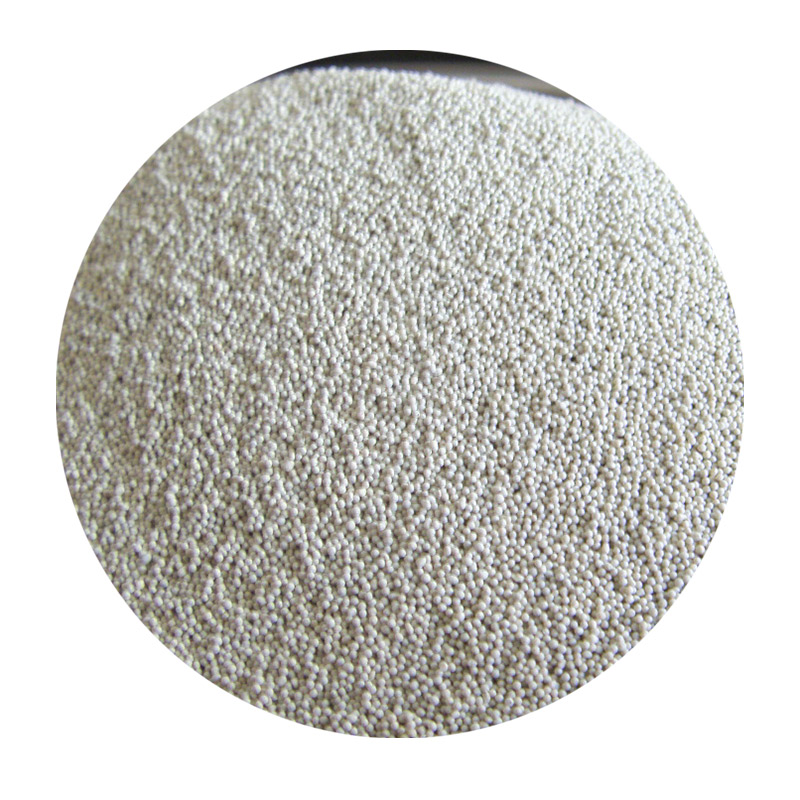

The cooling phase must be meticulously controlled. Rapid cooling can cause metal contraction issues, leading to stress fractures or warping, while too slow a process might result in coarse grain structures that compromise the material’s strength. This delicate balance demands a thorough knowledge of material science, reaffirming the expertise required in iron sand casting. Once sufficiently cooled, the casting is extracted, revealing the raw form of the desired product. However, the journey of craftsmanship does not end here. The component must undergo cleaning and finishing processes. Flashing—the excess material formed along mold parting lines and vent locations—requires removal through grinding, a task demanding both patience and precision. Surface treatments may follow, enhancing the durability and appearance of the final product. To excel in the iron sand casting industry, continuous learning and adaptation to technological advancements are vital. Many foundries now incorporate computer-aided design (CAD) and computer-aided manufacturing (CAM) systems to improve precision and reduce lead times. These innovations represent a fusion of time-honored craftsmanship with modern technology, ensuring the method remains competitive in an era where efficiency and quality are paramount. Ultimately, the enduring appeal of the iron sand casting process lies in its adaptability and the high caliber of products it can produce. Through a blend of time-tested techniques and contemporary innovations, it remains an authoritative choice for industries ranging from automotive to heavy machinery. In conclusion, the iron sand casting process not only exemplifies engineering prowess but also reflects a commitment to quality craftsmanship. With experienced personnel at its helm, its role in modern manufacturing is both authoritative and trustworthy, continually exceedingsupplier expectations in terms of strength, design flexibility, and cost efficiency. Post time:ਜਨਃ . 14, 2025 11:19
Next:investment vs sand casting
